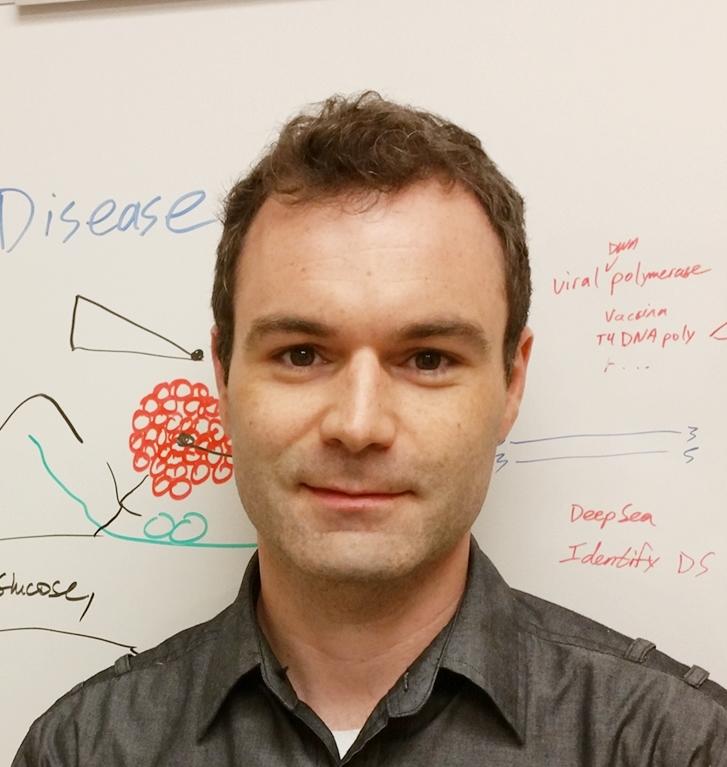In the late stages of the COVID-19 pandemic, when viral DNA analysis and patient sample collection were at the forefront of the effort, two questions took shape: How can we better detect subtle genetic edits? And how can those answers serve both researchers and patients? These shared questions initiated a collaboration between DNA Genotek and Professor Russell’s research team at uOttawa’s Genome Editing and Molecular Biology (GEM) Core Facility at the Faculty of Medicine. DNA Genotek’s expertise in handling patient samples was key to achieving the GEM Core Facility’s goal: refining the detection of precise, engineered changes in DNA.
At the heart of the project is a technical hurdle that many labs face: confirming that a DNA edit — especially one made with tools like CRISPR-Cas9 or Prime Editors — actually happened. These edits are often small, but verifying them can take time, resources and fine-tuned methods.
Professor Russell’s team aimed to develop a more efficient technique for detecting these changes with greater precision, particularly in complex samples. DNA Genotek brought its focus on patient-derived material and sample preservation — different endpoints, but surprisingly complementary problems.
By improving the confirmation of edited DNA, the technique reduces delays. It increases the scalability of genome editing workflows while reducing costs, which is very valuable for researchers handling large volumes of data or complex sample types.
“The end users of this research are quite broad. For DNA Genotek, patients and health-care providers are the main beneficiaries of the research advances. For the new genome editing workflows pursued in this fellowship, the primary end users are scientists and students who are rapidly adopting new genome editing tools, like CRISPR/Cas9 and Prime Editors, to answer complex biological questions,” says Professor Russell.
Their collaboration, supported by MITACS, was more than an academic exercise. It created valuable cross-training opportunities for students and postdocs, who gained exposure to both lab-based research and industry-driven priorities. The partnership also attracted applicants seeking a hybrid experience.
What’s next? The team is benchmarking their results against industry standards and applying this approach to ongoing research projects across the University of Ottawa. It has also sparked new ideas that they are now actively exploring.
About the University of Ottawa Core Facility Program
This work is part of a larger ecosystem of research excellence supported by the University of Ottawa’s Core Facilities Program, under the Office of the Vice-President, Research and Innovation (OVPRI). The program currently includes 26 core facilities, spanning four faculties (Medicine, Science, Social Sciences and Engineering), featuring state-of-the-art equipment. As one of Canada’s most established and diverse portfolios of core facilities, the University of Ottawa is nationally recognized for its leadership in providing shared research infrastructure and expertise to the internal research community as well as external clients.
For more on the GEM Core's work with genome editing, visit the GEM Core Facility: https://www.uottawa.ca/research-innovation/genome-editing-molecular-biology-gem-facility
For more on uOttawa's Core Facilities Program under the Office of the Vice-President, Research and Innovation (OVPRI) https://www.uottawa.ca/research-innovation/core-facilities

“For DNA Genotek, the main beneficiaries are patients and health-care providers. For us, it’s scientists and students using genome editing tools to answer complex biological questions.”
Ryan Russell
— Associate professor at the Faculty of Medicine and director of the GEM Core Facility
